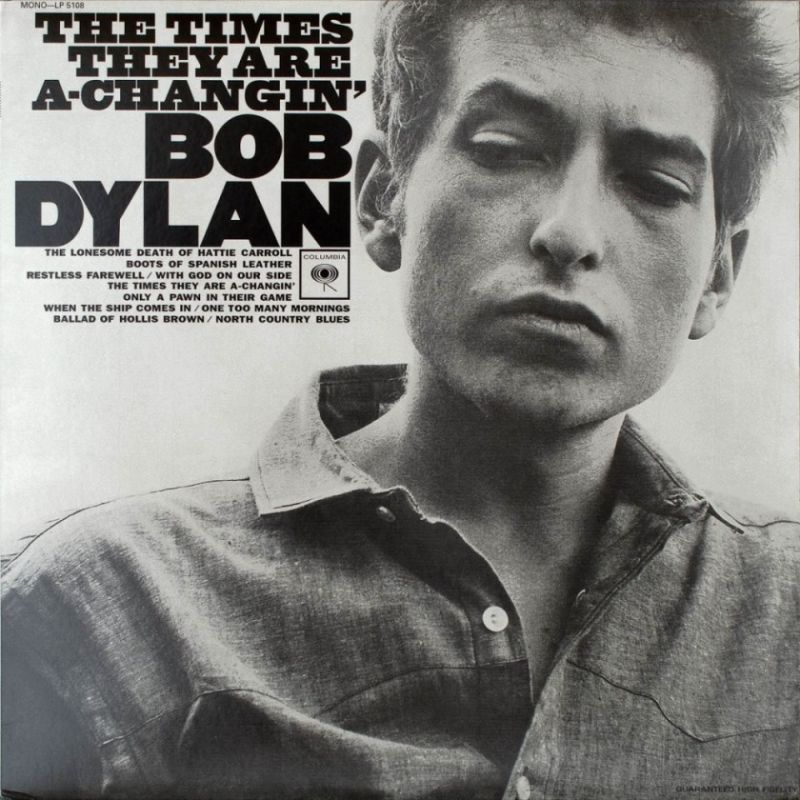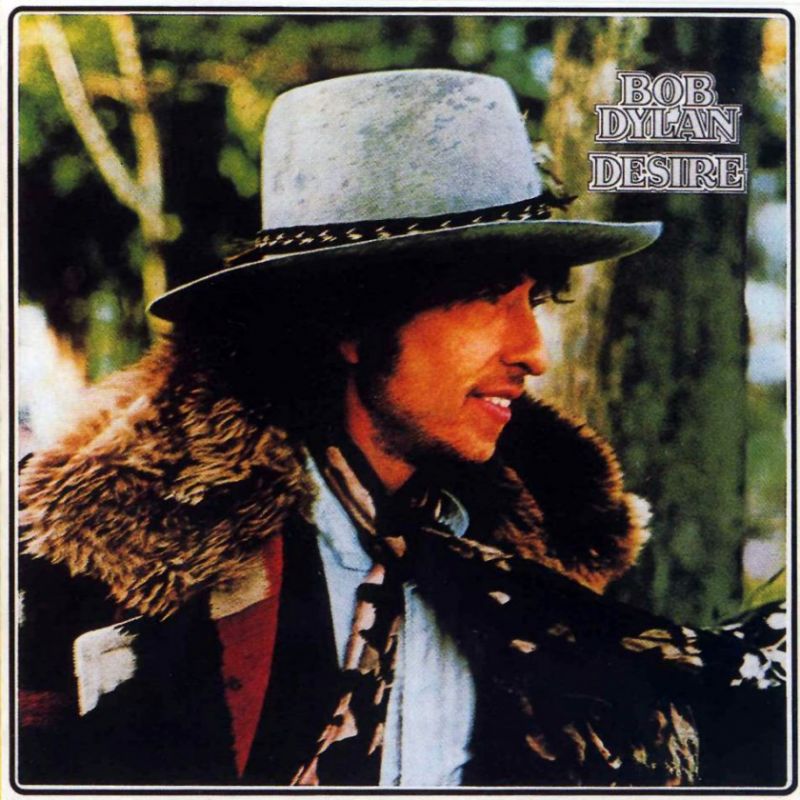
[vc_row][vc_column][vc_message message_box_color=”mulled_wine” icon_fontawesome=”fa fa-quote-left”]“Another thing about Times They Are A-Changin’ – I wanted to say in it that if you have something that you don’t want to lose, and people threaten you, you are not really free.”
~Bob Dylan (to Ray Coleman, May 1965)
“The message isn’t in the words, …. I don’t do anything with a sort of message.
I’m just transferring my thoughts into music. Nobody can give you a message like that.”
~Bob Dylan (to Ray Coleman, May 1965)
Dylan’s third album reflects his mood in August-October 1963. It is also a product for his need to live up to and expand on the role he found himself in, topical poet, the restless young man with something to say, singing to and for a new generation.
~Paul Williams (BD performing artist 1960-73)[/vc_message][/vc_column][/vc_row]
Studio A
Columbia Recording Studios
New York City, New York
7 August 1963
The 2nd The Times They Are A-Changin’ session, produced by Tom Wilson
Another session at Studio A was held the following day, this time yielding master takes for four songs: “Ballad of Hollis Brown”, “With God on Our Side”, “Only a Pawn in Their Game”, and “Boots of Spanish Leather”, all of which were later included on the final album sequence.
~Wikipedia |
Continue reading August 7: Bob Dylan: The 2nd The Times They Are A-Changin’ recording session, 1963 →
)





